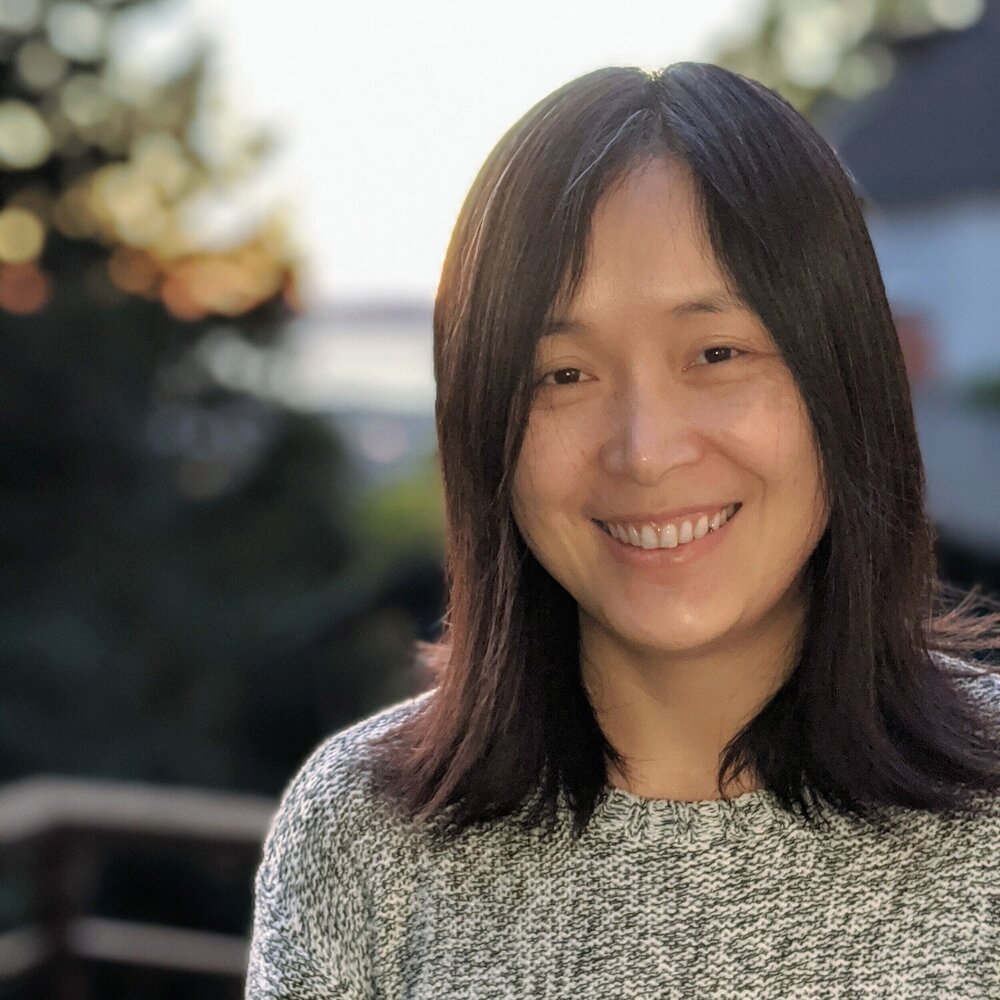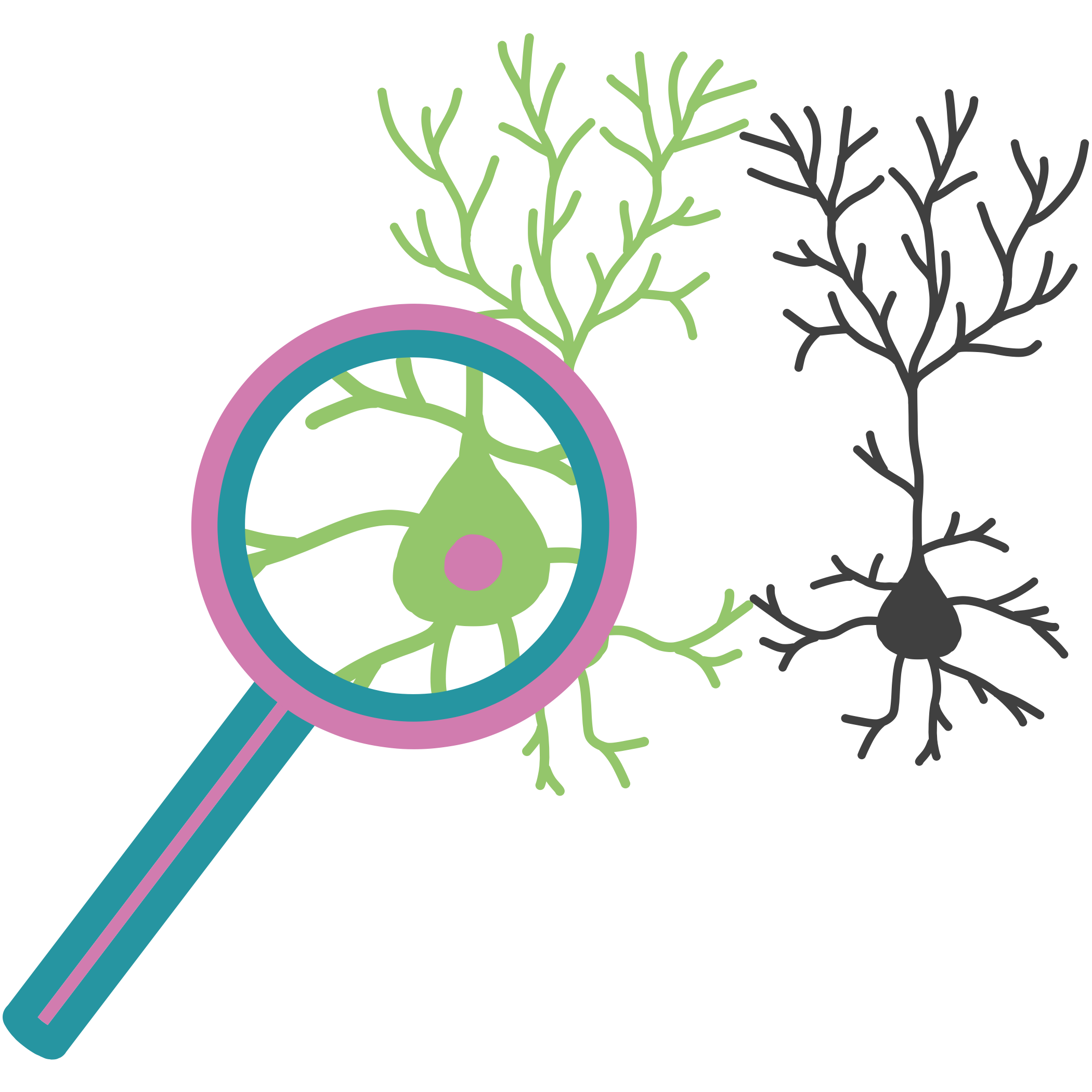

When she was a child, Na’s career aspirations were to sell ice cream, work as a bus conductor stamping tickets, or become a detective and track down villains. As she got older and witnessed sick relatives suffer due to insufficient medical care, Na briefly also considered becoming a medical doctor. She was an exemplary student in school and therefore had the chance to attend top universities in China. “I didn’t really know what I wanted to do at that age,” she reflects, “so I was kind of doing what I was expected to do. I was a very good student in high school, so I was expected to go study science, and that’s what I did.”
Na pursued a 5-year undergraduate degree in chemical physics at the University of Science and Technology of China. Originally, she wanted to study biology, but her college entrance exam score was not high enough to get into the biology department. Nevertheless, she enjoyed her undergraduate degree, especially the practical research component. “In the fifth year, you did research full-time. In my case, I moved to a different city to do my research at the Chinese Academy of Sciences,” she says. At this point, Na already knew she wanted to pursue a PhD degree. Most of her classmates were applying to the U.S. for graduate school so she decided to try as well. When she was deciding between offers, she chose Berkeley. “The reason I chose Berkeley over all the other schools that admitted me was that I didn’t know what I wanted to do,” she says, “and the Chemistry Department at Berkeley is very large. So I figured if I went to the largest Chemistry Department, I would be able to find something I liked.”

After arriving at Berkeley, Na had 10 weeks to decide which lab she wanted to join for her graduate work. Even though her PhD was with the Chemistry Department, Na joined a physics lab. Her first year was at times stressful and, at its worst, she contemplated quitting graduate school. “I was working with this home-built laser that was extremely old. Every day I had to spend three hours getting this laser ready,” she explains. It wasn’t this part she minded as much as the colleague she was assigned to work with, who did not show interest in improving the experimental setup or carrying out in-depth scientific discussions. Eventually, she worked up the courage to ask her PI to put her on a different project with a senior graduate student who she enjoyed working with. After making this change, she had a great time in graduate school. “If something isn’t working for you, you can and should always speak to your advisor. It’s actually much better for you and also for your advisor to just make that change,” she advises current trainees.

Na enjoyed her time in graduate school, but began to realize that she couldn’t envision herself doing the same type of physics for the rest of her career. “In my PhD, I developed a deep understanding of inanimate objects in the world, the gas, the liquids, the metal. I understood how they worked,” she says, “but I didn’t understand my brain - the structure that allows me to understand everything else...” She wondered how she could use her expertise in physics to transition into neurobiology. During this process, Marla Feller, a former student of Na’s graduate advisor, was an inspiration. “The issue, of course, was that I was studying the surface of water in my PhD, so how was I going to become a neurobiologist? But there was Marla, who had been a physics PhD student in the same lab about 10 years before me, and she became a neurobiologist. So I thought it was doable. She was one data point that proved it’s not impossible,” she says. Na read and was fascinated by a paper authored by Karel Svoboda, who pioneered the study of spine dynamics in the somatosensory cortex using two photon fluorescence microscopy. She contacted Karel to inquire about a postdoctoral position in his group at the Janelia Research Campus, but he said he did not need a physicist at the time. He suggested that Na could move to Janelia anyways and work on developing imaging methods. Na followed Karel’s suggestion, and moved to Janelia in 2006.

After five years, Na was offered a position as a group leader at Janelia, which she gladly accepted. Janelia is a unique institution, because it is completely funded by the Howard Hughes Medical Institute (HHMI). Janelia group leaders are guaranteed full funding from HHMI, so they do not need to write grant applications or teach. “So why would anyone ever want to leave that place? For me, the number one reason was that I did not get to work with graduate students,” Na explains. Her group consisted almost exclusively of postdocs, but then she got the opportunity to mentor a graduate student through a joint program with Johns Hopkins University. “She’s just awesome,” Na says, “I loved my experience working with her.” When she was approached by the Physics Department during a visit to Berkeley, she jumped at the opportunity to return to Berkeley as a faculty, even though her research funding would depend on grant applications. “I never regretted the move at all. Not one second, not one day,” she says, “An environment like Berkeley is just a much better fit for me.”

In reflecting on the challenges of her career, Na remembers how rare it was to see women in physics, especially during her time in graduate school. “I was very lucky to have advisors and colleagues who never made me feel like I didn’t belong,” she says, but there are certain instances that have stuck around in her memory over the years. “One comment I remember someone saying was: ‘You are the most emotionally stable woman I have met in my life.’ It was supposed to be a compliment, but I remember all these years later, because it hurt,” she says. She finds it is very beneficial to science that today people are talking about microaggressions and implicit bias, terms that were not used in academia when Na was a graduate student. She also advises current trainees to not become discouraged when things get difficult. “Things can get really difficult, but it was when I overcame the difficulties that I learned the most valuable lessons,” she says, “What doesn’t kill you makes you stronger.”
Outside of the lab, Na enjoys reading, mostly novels and history. When she came to the U.S. as a graduate student, she read longform magazine articles as a way to learn about life and culture in the U.S. Whenever she can, she spends time with her family. “I have three children aged 10, 8 and 2, so outside of that I do not have a lot of time to spare!”